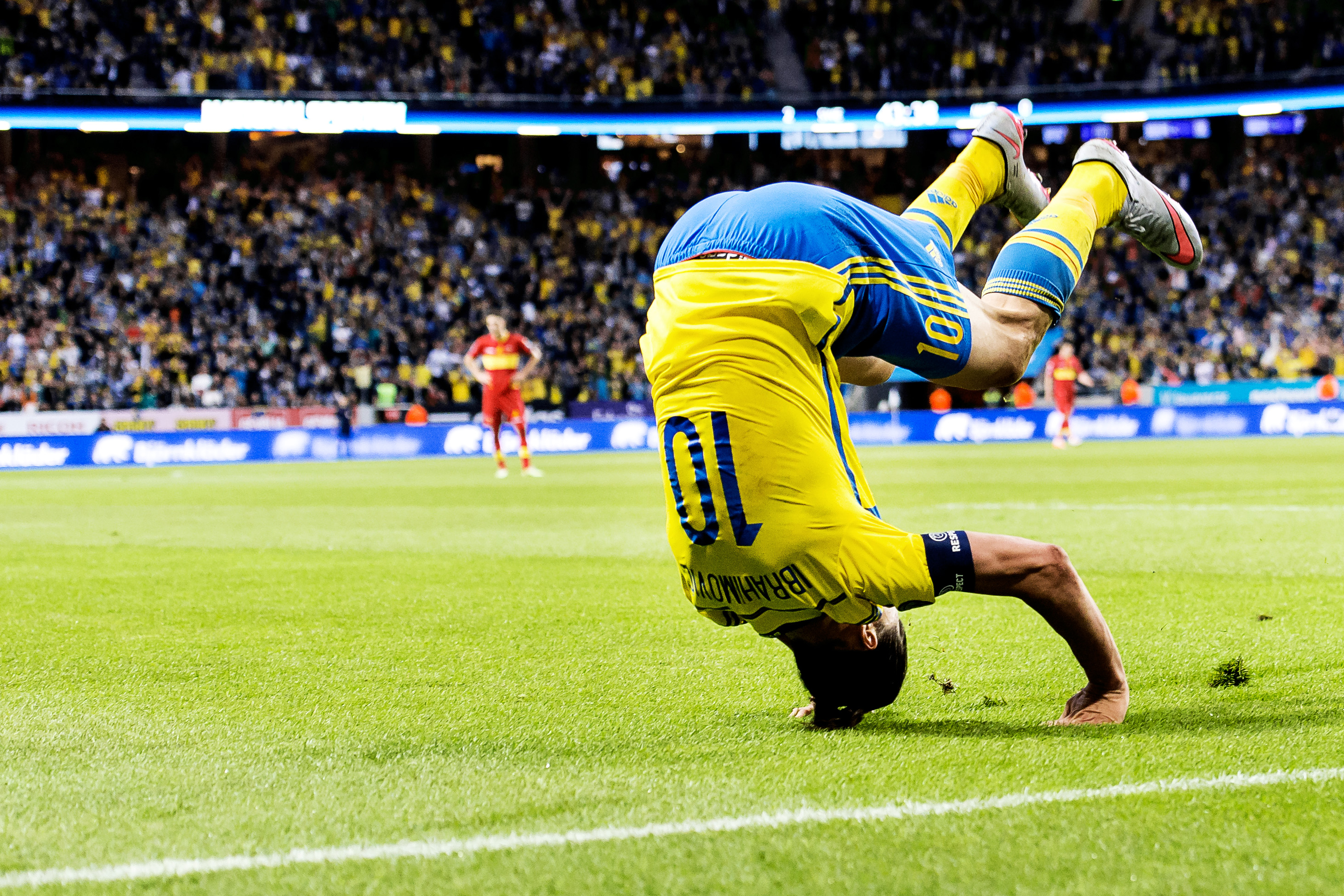It is soon time for the Academh Awards again. Since I love film this is a highlight of the year.
The 2018 Oscars ceremony will be held at the Dolby Theatre at Hollywood & Highland Center on March 4.

The nominees for the 90th Academy Awards were announced yesterday at the Samuel Goldwyn Theater in Beverly Hills, California,
People in the film industry say this is the most unpredictable Oscar season in years. I am personally not so sure of that. I think that the most prestigious awards are rather obvious.
A sign is that Guillermo del Toro’s fantastical fable “The Shape of Water” leading the field with 13 nominations. This is a film you just have to see. It is spectacular. I really like it.
So here are the nominees and my prediction on the winner for the top four categories;
Best Movie:
- Darkest Hour
- Dunkirk
- Phantom Thread
- Get Out
- The Post
- Three billbords outside Ebbing, Missouri
- The Shape of Water
- Ladybird
- Call me by your name
My comments:
With reservation for not having seen Call me by your name, I think that The Shape of Water, Phantom Thread, The Post and Darkest Hour were the best movies last year. I hated Dunkirk that was hugely disapointing. Get Out was a good movie, but in this competition – I am afraid not.
And the Oscar goes to…..
My prediction: The Post
My wish: The Shape of Water or Darkest Hour

Best Director
- Paul Thomas Anderson for Phantom Thread
- Guillermo del Toro for The Shape of Water
- Christopher Nolan for Dunkirk
- Greta Gerwig for Ladybird
- Jordan Peele for Get Out
My comments:
Even though I always love the work and handicraft of Paul Thomas Anderson – it has to be Guillermo del Toro.
And the Oscar goes to…..
My prediction: Christopher Nolan
My wish: Guillermo del Toro
Best Male Actor in a leading role
- Daniel Kaluuya, Get Out
- Timothee Chalamey, Call me by your name
- Gary Oldman, Darkest Hour
- Daniel Day-Lewis
- Denzel Washington, Roman J Israel
My comments:
Gary Oldman. Gary Oldman. Gary Oldman. What a perfomance. He is Winston Churchill. Obsolutely outstanding. Best performance since Dustin Hoffman in RainMan.
This said, Daniel Day-Lewis is always Oscar class. The best now living actor – since Philip Seymore-Hoffman decided to leave us – in his last performance.
And the Oscar goes to…..
My prediction: Gary Oldman
My wish: Gary Oldman

Best Female Actor in a leading role
- Meryl Streep, The Post
- Sally Hawkins, The Shape of Water
- Margot Robbey, I Tonya
- Saoirse Ronan, Lady Bird
- Frances McDormand, Three billbords outside Ebbing, Missouri
My comments:
It should be Meryl Streep. It very likely could be (unfortunately) an outrageously over playing Frances McDermand.
And the Oscar goes to…..
My prediction: Frances McDermand
My wish: Meryl Streep
Tonight Sweden, with injuries on our three best goals scorers in the tournament so far, beat favourites Denmark in the semifinal of the EHF EuroCup in handball.

Sweden won 35-34 after extra time (5+5 minutes). Sweden lead the entire game and with three goals only 2 minutes remaning – however Denmark made it 28-28 in the last second taking the game to extra time.

The best Swedish players were goalkeeper Andreas Palicka, Jim Gottfridsson, Mathias Zackrisson and Linus Arnesson.

The best in Denmark was Mickel Hansen and Rasmus Lauge.

This was a fantastic victory for our young team. Now we play Spain the final on Sunday.
It will be Sweden’s fifth final, after the legendary ‘Bengan Boys’ had a 100 per cent success rate in EHF EURO trophy matches, winning in 1994, 1998, 2000 and 2002.
Today from 11 am to 5 pm, Manneken-Pis in Brussels will wear his new costume as customs officer.

Manneken-Pis, the symbol of Brussels folklore, gets a costume at major events. On 26 January he will celebrate World Customs Day.
Manneken Pis is a landmark small bronze sculpture ( 61 cm) in Brussels, depicting a naked little boy urinating into a fountain’s basin. It was designed by Hiëronymus Duquesnoy the Elder (nl) and put in place in 1618 or 1619. His wardrobe counts more than 900 suits.






You must be logged in to post a comment.